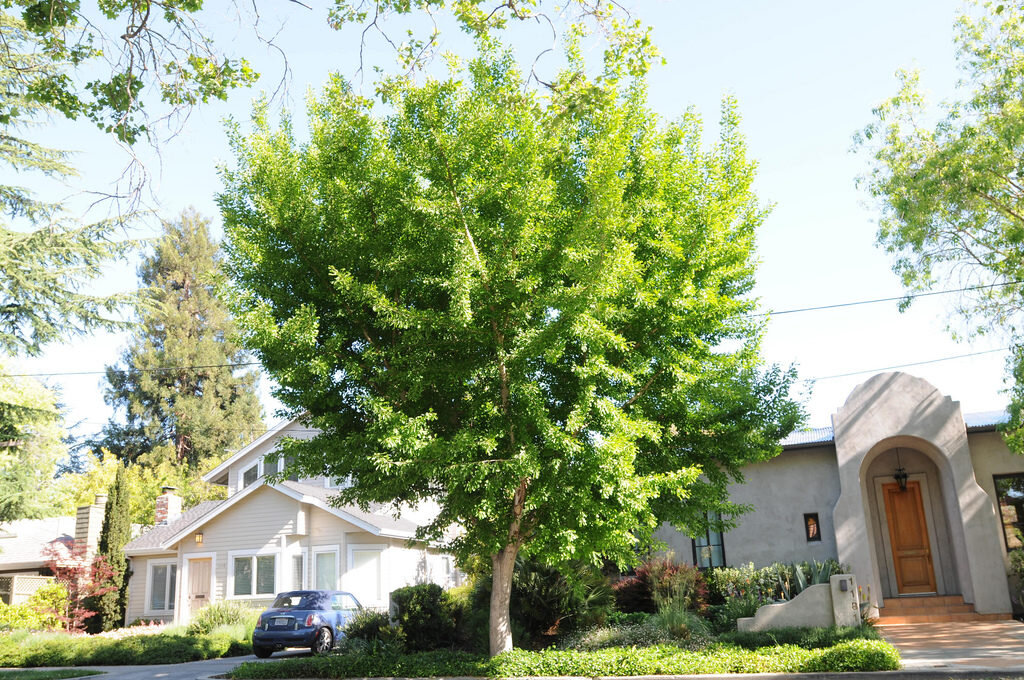American Sycamore









American Sycamore
LARGE CANOPY; GOOD URBAN TREE CHOICE; INTERESTING BARK, NATIVE
Plant Size, Type & Delivery Height: 6-7 feel tall; Ball and Burlap; 1.5”caliper
Mature Height: 70-100 feet
Growth Rate: Fast; 3-4’/year
Sunlight: Full Sun,
Drought & Heat Tolerant: Medium Drought Tolerance
Wood Type: Hardwood; Strong Tree
Tree Form: Umbrageous; Large & Wide; Big Leaves; Produces Dappled Shade
Description: Majestic and umbrageous, the American Sycamore is among the oldest species of tree on Earth. This fast-growing native tree is also one of the largest trees in North America and symbolizes strength. George Washington recorded a Sycamore that measured 45 feet in circumference. These trees are often hollow when they reach 200- 300 years old, and American pioneers often stabled a livestock animal and even lived in them until their cabins could be built. A Sycamore’s canopy is broad and dense, and its maple-like leaves produce tons of shade in the summer. It produces one-inch seed balls that hang on long stems like ornaments in the fall and winter. The seed balls give the Sycamore its nickname “Buttonball.” This tree provides food and nesting sites for birds such as hummingbirds, red-tailed hawks, and woodpeckers. The yellow leaves in fall, seed ball ornaments, and interesting bark provide year-round interest. Sycamores are exfoliating bark trees, and as they grow, shed their brown bark to reveal a trunk that is ivory white, for this reason, they are a stunning winter specimen tree when they become large.
Special Growing Considerations: The Sycamore is suitable for most any growing condition but is sensitive to extreme drought. Avoid planting within 15 feet of a house, concrete sidewalks or driveways as they have aggressive roots. For this reason it does not make a good street tree. It is adaptable to most soil types but prefers moist loamy soil. Sycamore Anthracnose is a fungal disease that can occur during cool wet spring weather. It can damage foliage and may cause premature leaf drop.
Mono-Culture Risk: None
Invasive Risk: None










